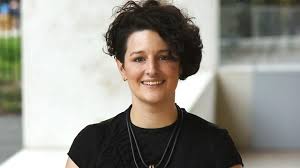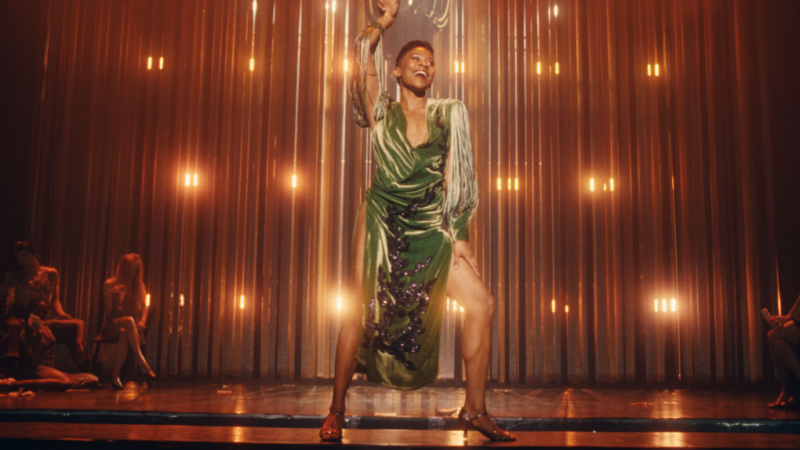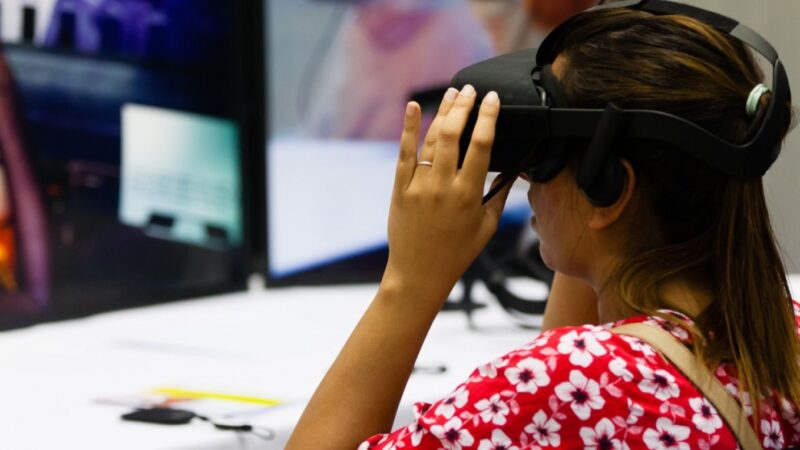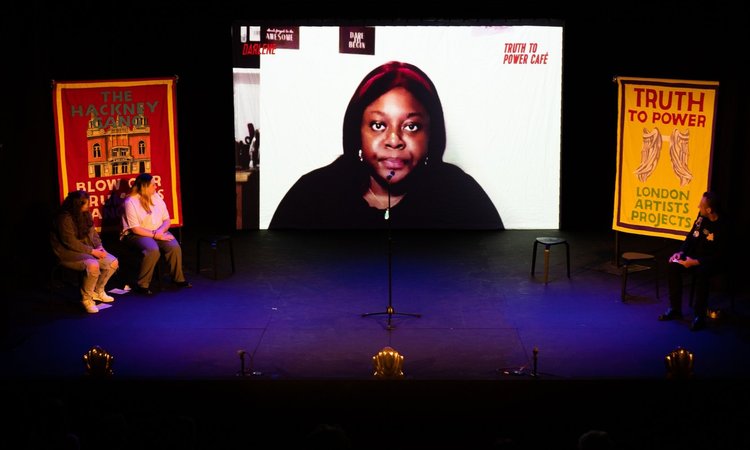‘Defining, refining and discovering who you engage in digital media’ an insight by Jay Owens
Each new media format has changed the nature of the arts audience. Photography let visual art live beyond the gallery walls; radio and television brought theatre and drama into millions of living rooms. Yet these audiences of the 19th and 20th centuries remained manageable: they were mass audiences, nationally-bounded and reached through a finite number of media gatekeepers (the BBC, the national press). And they remained passive audiences, cultural consumers whose tastes and attention were to be shaped by curators, commissioners and critics alike.
Artworks as selfie opportunities
The digital and social media of our present century has disrupted this ordered landscape. Audiences now go to galleries to make media as much as witness it – observe the crowds in front of the Mona Lisa or the sold-out ticketing for Yayoi Kusama’s polkadots, and see these artworks recontextualised and reauthored as selfie opportunities. Book, film and music audiences fragment across a plethora of media-on-demand services and personalised algorithmic recommendations. (When was the last time anyone talked about the pop Top 40?) The individual audience member, too, has perhaps fragmented into a multiplicity of intersectional identities: no longer can we assume commonalities from shared basic demographics: age, gender, location (if we ever could). People understand themselves as part of communities organised around lifestyle and political polarisation, from Brexit to yoga.
This also holds true in the practicalities of arts management: a plethora of communications platforms produce a bewildering multiplicity of audiences to navigate. There’s the audience already attending your film or exhibition in person; your email list of previous customers; the audiences following your organisation’s accounts on Instagram, Twitter and Facebook (each distinct). There’s the audience who actually sees your social media posts (not the same as your followers) – and the much wider audience who see content about your event, whether from news media, journalists or artists they follow, or friends and word-of-mouth content. There are the audiences of the artistic creators; broader contextual audiences for your work (“contemporary art fans in Manchester; “independent cinema-philes”) – and the audiences you want to reach (younger, more diverse, less London-centric).
Social media management platforms and digital analytics were meant to bring about visibility and greater control, but instead only makes the confusion more apparent.
What to do?
Map where you currently are, then where you want to get to
The first step towards finding direction lies in mapping where you currently are. Who are the audiences you are currently able to reach through all communications media to hand – and how far do they overlap?
Next, recall where you’re trying to go. Root your audience strategies in your overarching organisational purpose – what are you trying to do, and who are you for? – to prioritise amid the cacophony and refine your focus.
From this, you can refine your focus: which audiences have you already got and need to nurture? Which do you need to acquire, develop and grow?
Used smartly and creatively, social media can offer huge potential for reaching both new and very specific audience segments. Before we get into the practicalities of tools and tactics, let’s explore two case studies.
We may all be familiar with the first example:
1. Reaching new audiences: The Museum of English Rural Life
The Museum of English Rural Life is a small collection, part of the University of Reading, with a mission to help people “explore how the skills and experiences of rural people, past and present, help shape our lives.” This may seem a tough sell in an urban, ultra-online age – yet the MERL, as it’s known, has seen extraordinary success on Twitter.
In April 2018, the MERL shot to worldwide attention after a vintage photograph of a particularly large sheep – captioned “look at this absolute unit” – went viral. Social media manager at the time Adam Koszary had taken an image from the museum’s Farmer & Stockbreeder photographic collection and memed it. Through a combination of skilful social engagement and, admittedly, a quantity of sheer luck, the MERL achieved 1.5M engagements and reach of 23 million impressions and coverage in the Times, BBC Three, the Independent and Buzzfeed, for an image that otherwise only a few dozen people might have ever paid attention to. In an exchange last month, American entrepreneur Elon Musk (26.4M Twitter followers) chatted with the museum and made the now-famous sheep his Twitter profile picture.
“It should be fairly obvious to anyone that the museum doesn’t just make memes, and that the memes are simply one way of engaging people with our collections. And once they’re following, we can pummel them with our smock and wagon collections to our heart’s content,” said Adam Koszary to PR Week in April 2018. When the tweet went viral, Koszary used a combination of “sassy” follow-on content and interaction to sustain momentum, alongside programming that sought to deepen people’s engagement with the museum and its collections, including an expert blog on animal portraiture and live-tweeting a tour of the museum.
As such, the MERL demonstrates how arts & cultural organisations can use digital media to explode their old ‘audience’ thinking, and bring their content and message to far wider and vaster communities than they may have imagined. It starts with thinking not in internal organisation terms, but from online communities’ point of view: what content or stories have you got that resonate with wider internet culture and humour? And how can you create not only a digital strategy but an organisational culture that welcomes these moments of serendipity to engage with that wider, infinite public?
2. Understanding the communities engaging with film trailers
At Pulsar, the social media research firm I worked for, we do a lot of work on film audiences and who’s engaging with early trailers and marketing. At the heart of our thinking is audience segmentation: recognising that there’s not one, homogenous audience for a film online – but rather that a release will reach into many different pre-existing communities. We use social network analysis, a computational social science technique, to understand how online audiences engaging with a film release map out into a network of different communities, collecting around different influencers and media sources – and engaging with film marketing materials in different ways and for different reasons. This breaks down an “infinite public” into manageable, addressable groups.
We see it as a five-part process:
· As early as the development stage, building a marketing model based on historical digital audience analysis of analogous films
· Once a film is announced, evaluating early reactions to solidify positioning
· After trailer #1, understanding which community segments are engaging and who to invest in targeting going forward
· Optimizing marketing with segment-specific content, e.g. cutting custom trailers based on affinities
· As theatrical release nears, determining how & where to deploy media spend efficiently
Audience mapping reveals how the shape of an audience affects a movie’s path to mainstream interest. For example, audience analysis of a recent Hollywood children’s film revealed that the “mommy bloggers” segment were missing – despite being prominent for competitor titles. The studio were thus able to reach out to influencers who were instrumental in sharing competitor releases, to ensure they were invited to screenings and had material to share with fellow parents. We also map segments’ stated intent-to-view the film — and found that fans of the original games property were disappointed in the film’s safer and “cuter” treatment of the characters. This insight enabled the marketing team to recognise that they needed to showcase other dimensions of these characters and include more mischievous moments, so as not to lose the “weird” & “strange” that drew fans to the property in the first place.
By understanding the audience not as a homogenous, passive whole, but an array of different, pre-existing communities – the marketing team were able to make specific and targeted course corrections in the run-up to theatrical release to help reach every segment of relevance.
So, what tools and tactics should you use to start mapping the infinite possibilities of digital audiences, and defining who you want to interact with, where and how?
Profiling the audiences you’re already reaching in social media – your followers and the audience engaging with your content – is easy using owned platform analytics tools, and it’s likely something you’re already doing. So where next?
Tracking the audience talking about your properties – which will include many people who aren’t following you. This is the most organically engaged audience you’ve got – and is one to grow. Look at these audiences holistically: not just what they say about you, but what else they talk about, and who else they follow – so you can communicate in terms that matter to them. Social media monitoring tools such as Pulsar, Brandwatch and Talkwalker can help you do this.
Track and profile the audience talking about the wider category of event – be that “arts exhibitions in Manchester” or “immersive theatre events” – to identify media, influencers and message to help engage these groups with your work.
Two tools, Audiense and Affinio, allow for quick, non-technical social network analysis of Twitter audiences into different segments and communities. Focus on analysing your organic audience and people engaging in the wider category or topic – not just your followers.
Ground all your digital metrics in core digital usage & behavioural data: the Ofcom Media Usage and Attitudes Survey is the UK bible, then stats from Pew Internet (US), Global Web Index and YouGov can help round out your understanding. Use this to identify which media channels can help you reach into key demographics and when new social platforms have reached sufficient break-out scale.
From here, it’s a matter of iteration. Try something new. Identify what audience this tactic reaches. Is it the one you expected? And an audience of strategic relevance to your organisation? Rinse and repeat. If not, try something new. Building a clear feedback loop of “test, measure, learn” can help make the process transparent and accountable to senior management, and gain buy-in for bolder moves. If a small agricultural museum can do it, so might you.

Jay is a research and insight consultant who makes use of computational social science analytics, along with traditional research methods, to map user needs and attitudes, and make complex ‘internet culture’ dynamics legible. While working at the audience intelligence start-up Pulsar, her research was used by Twitter, Facebook, Instagram & Tumblr to understand the dynamics of their own platforms. Jay also works with global technology, media, fashion and beauty brands to help them understand today’s customer and innovate product and service offerings.
How useful was this resource?




